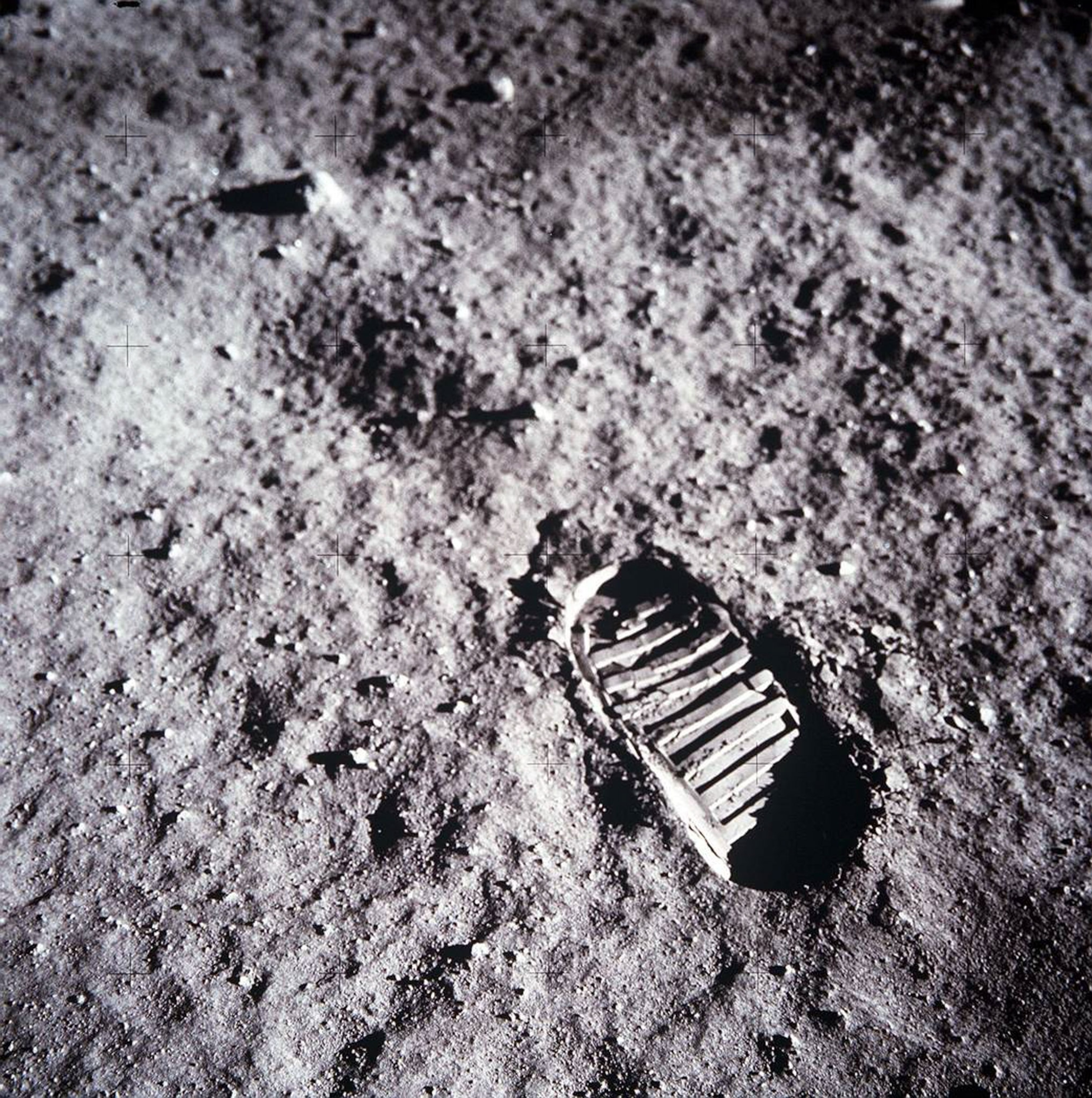
Lopsided Cloud of Dust Discovered Around the Moon
Passing comets kick up the dust, new data suggest, deepening a mystery posed by the first lunar astronauts.
A persistent, lopsided cloud of dust is hanging around our moon, scientists have discovered. While any sort of cloud hovering around an airless body is strange enough, the culprits creating that dusty moon-shroud are even more exotic: passing comets.
As they zoom through our solar system, comets shed small particles that eventually smash into the moon, temporarily catapulting dust from the lunar surface into space, the researchers report Wednesday in Nature.
“We continue to learn new surprises about our nearest neighbor in space,” says Richard Vondrak of NASA’s Goddard Spaceflight Center. “Previously, asteroidal particles were expected to be the main external source of orbital dust, with dust lofted from the lunar surface by electrical fields also suspected to be another important source.”
Dust collector
The new observations suggest that on average, 120 kilograms of dust hover above the moon at any given time. Those particles are launched into the moon’s sky and stay aloft for about 10 minutes, taking half that time to rise as much as 100 kilometers above the surface, and the rest to gently fall back down.

To collect those data, the LDEX instrument aboard NASA’s LADEE spacecraft acted as a dust-catcher while it flew between altitudes of 20 and 100 kilometers for six months.
“About 100 tons of cosmic dust comes into the Earth’s atmosphere every day,” says study author Mihály Horányi of the University of Colorado, Boulder. “If I scale that to the moon, it would be about five tons of cosmic dust hitting its surface.”
LDEX detected an average of a single, 0.3-micrometer moondust particle each minute—until the Geminid, Quadrantid, Northern Taurid, and Omicron Centaurid meteor showers swept by. Dust particle counts peaked during these meteor showers, which happen when the Earth (and moon) pass through clouds of cometary debris.
The cloud is lopsided, thicker near the boundary between the moon’s dayside and its nightside. That suggests to Horanyi and his colleagues that comets are the predominant source of the cloud-creating impacts. While asteroids traveling through the solar system also shed dust, that dust tends to be on circular orbits that don’t produce as much oomph upon impact. Comets, on the other hand, zing through the solar system haphazardly, providing particles that really pack a punch.
“That’s the stuff that is really running into the moon at very, very high speeds,” says LADEE project scientist Rick Elphic of NASA’s Ames Research Center. “Kind of like bugs on the windshield of a high-speed car traveling on the freeway.”
History’s mysteries
The observations both resolve and deepen a half-century-long moony mystery: In the 1960s, TV cameras aboard several of NASA’s moon-landing Surveyor spacecraft recorded a glow just above the moon’s horizon, just before sunrise. Later, several Apollo crews reported bright rays and glowing streamers, high above the lunar horizon—and also just before sunrise.

At the time, astronauts thought they might be seeing sunlight scattering off dust in the moon’s sky, but it wasn’t clear how the dust could be suspended so high above an airless body.
So, when the last set of humans pressed their boots into lunar dust in 1972, they also pressed a dust analyzer into the moon’s surface. That instrument detected a mighty increase in lunar dust particles whenevery time it straddled the moon’s dayside and its night side (a dividing line called the terminator).
Back on Earth, scientists have spent the past four decades trying to figure out what those measurements mean. One popular hypothesis suggests that electrostatic forces on the moon’s surface occasionally become strong enough to overwhelm gravity and loft dust particles into space. Physics dictates that those charges should be strongest at the terminator.
“We have found little or no evidence of this process to be at work—or at least, not at the altitude regions where we could make this measurement,” Horányi says. “There is plenty of room to have some funny business going on really close to the surface.”
Instead, LADEE did find evidence for a high-altitude dust cloud, and other spacecraft have observed similar phenomena at the large moons of Jupiter.
But the LADEE cloud isn’t thick enough to see. So, what were the glowing streamers that the Apollo astronauts saw?
“We may never know until we send humans back to the moon,” Elphic says.
Follow Nadia Drake on Twitter.





